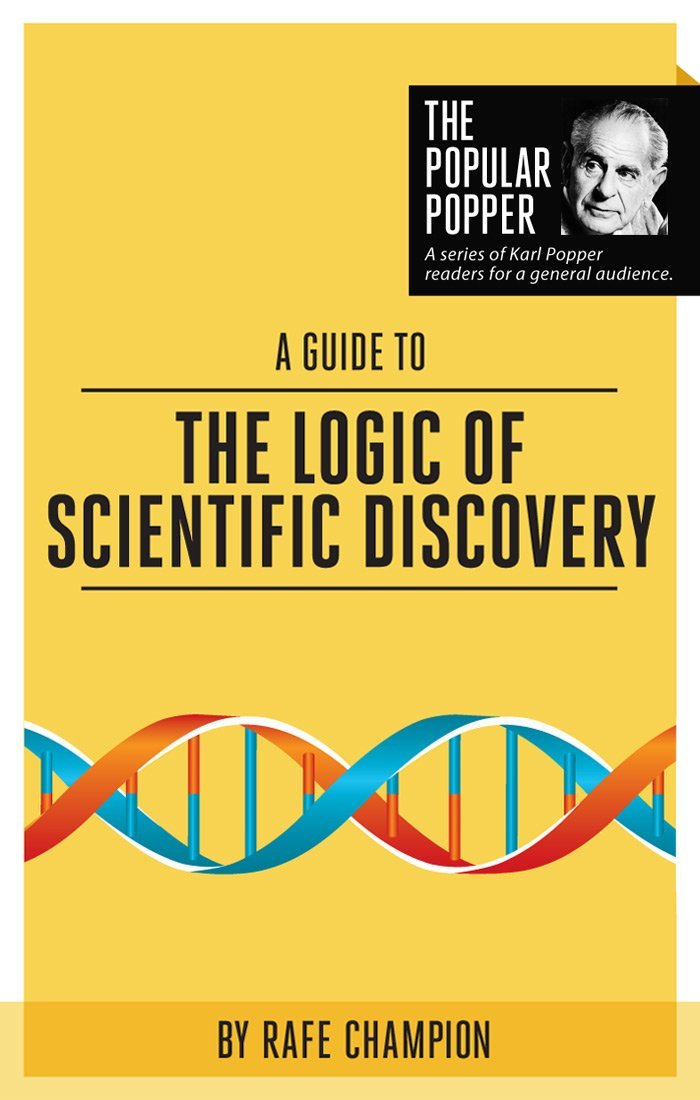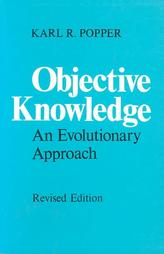That is the authoritarian structure of western thought. With compliments to David Miller and the late Bill Bartley who have been the most active exponents of non-justificationism.
The immediate purpose of this post is to think aloud about re-writing a paper that was rejected by an on-line libertarian journal. That paper was a revised version of an older paper which was submitted to the Gotto Prize (I think related to the Mont Pelerin Society) competition circa 1985. It did not get out of the Asia Pacific zone to compete in the finals. Ahead of its time you might say:)
The central idea is Bartley’s meditation on metacontexts. This is an idea that has made even less headway than non-justificationism.Bartley adopted a kind of ecological approach to look at the context of ideas and he suggested that we live in a climate or context of ideas that is thoroughly permeated with the dogmatic approach (justificationism). He coined a new term to signal the pervasive nature that approach so he went up another level to talk about three metacontexts.
Actually I think I will leave the metacontexts aside for the moment and turn to a paper written for the Skeptics on the theme of cracking the dogmatic framework of thought.
This article shows how the little-known work of William W. Bartley has the potential to vastly increase the effectiveness of skeptical resistance to superstition and prejudice in their many forms and varieties. Creative problem solving and imaginative criticism is straitjacketed by the dogmatic ‘true belief’ framework of Western thought. This framework generates on the one hand true believers who insist that they have the truth in their grasp, on the other hand relativists and nihilists who think that truth and falsehood are indistinguishable. The framework can be cracked with the aid of ideas from Karl Popper and William W. Bartley to create an intellectual environment where imaginative criticism and the pursuit of knowledge will flourish. In this environment the swamp of unreason and prejudice may be drained, instead of merely being held back in one place while it spreads elsewhere.
At the end of the paper is a suggestion for a course on critical thinking that could be used as an introduction to philosophy.
A COURSE IN CRITICAL THINKING
The idea is to use the concept of critical thinking as an introduction to philosophy, starting with topics where the students have an interest rather than jumping in at the deep end with the ideas of Plato, Hegel and Kant etc.
First to identify four types of criticism or tests that may be applied to arguments. These are (1) the test of experience;(2) the test of comparison with other theories; (3) the check on the problem; and (4) the test of logical consistency. None of these tests or checks are unproblematical and that is one of the lessons that need to be learned.
The study of critical thinking that is proposed here could be taught at school, it could be used for an introduction to university courses in philosophy, it could be a core subject for all tertiary students. Its content could be adjusted for the interests and capacities of the class and it offers an alternative to the debacle of general studies where students of marketing and organic chemistry have to shuffle and fidget for a certain number of hours in lectures on Introductory Psychology or Medieval Drama. The course would consist of exploration and applications of the four methods of criticism to any theories or beliefs which interest the class.
The test of evidence and experience could lead to the philosophy of science, to a study of rules of evidence in law, to the use of diagnostic tests by doctors, motor mechanics or plumbers, and to the use of clues by detectives and archeologists.
The test of comparison with other theories would raise questions about the weight and authority to be assigned to assumptions imported into arguments, more or less uncritically, from other domains. For example the psychological theories assumed by literary critics, the physical theories assumed by geologists, the sociological theories assumed by engineers, the economic theories assumed by politicians. This part of the course should open student’s eyes to the inter-dependence of the so-called disciplines and with any luck the artificial nature of boundaries between subjects would become apparent. At the same time students may learn how to use readily available resources, including other students and staff, to pursue problems from one discipline to another (for example by walking from the Philosophy Department to Physics or Life Sciences).
The check on the problem is in some ways the most fundamental criticism of all. This part of the course would indicate how a revised formulation of a problem may be decisive, how background theories can unconsciously direct how problems are identified and formulated, how fashions and fads (and funding) can dictate the directions of intellectual effort. It would lead to a study of the history of ideas, showing that problems have histories, that philosophical problems usually have their roots elsewhere, in science, or religion or in social and moral dilemmas, that powerful themes can leak from one discipline to another and preoccupations often run in parallel in more than one field.
The section on logic would call for study of both the formal and informal methods of argument. Formal logic concerns rules of inference and the way that logical steps can be used to draw out the consequences of an argument or of a scientific theory, perhaps for testing or for technological application. Informal logic encompasses the tricks of debate that may be used to cover up logical and factual defects in a position. Discourse by politicians, theologians, creation scientists and advertisers would furnish material for critical study.
All of this could lead to exploratory reading of the Great Philosophers, though preferably not until the students have a firm sense of their own interests and problems. In this mood they might be less deferential to the greats, more critical and at the same time more willing to learn. This would contrast with the traditional situation where the young student is confronted with soaring abstractions and profound arguments utterly unconnected with the historical background or the problem situations which agitated the titans of the past. The novice is completely overwhelmed (who am I to criticise the great?) or else clings to a critique provided by the teacher. The usual result is either a student who is indoctrinated into a system of thought, or else a person who is skilled in certain methods and techniques without any sense of purpose or perspective. No course can be rendered failsafe against authoritarian teachers, or against complete lack of interest on the part of students but the approach sketched above would provide interested people with a chance to avoid the more obvious dead ends of contemporary philosophy, and to apply imaginative criticism to their own professional and personal concerns.






